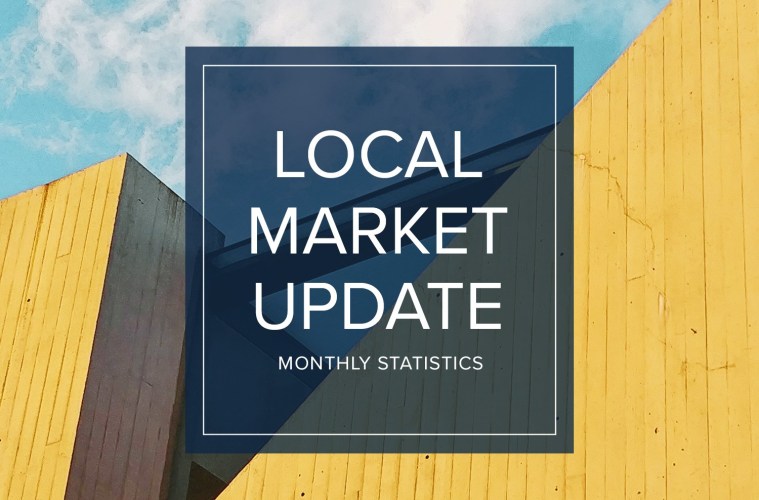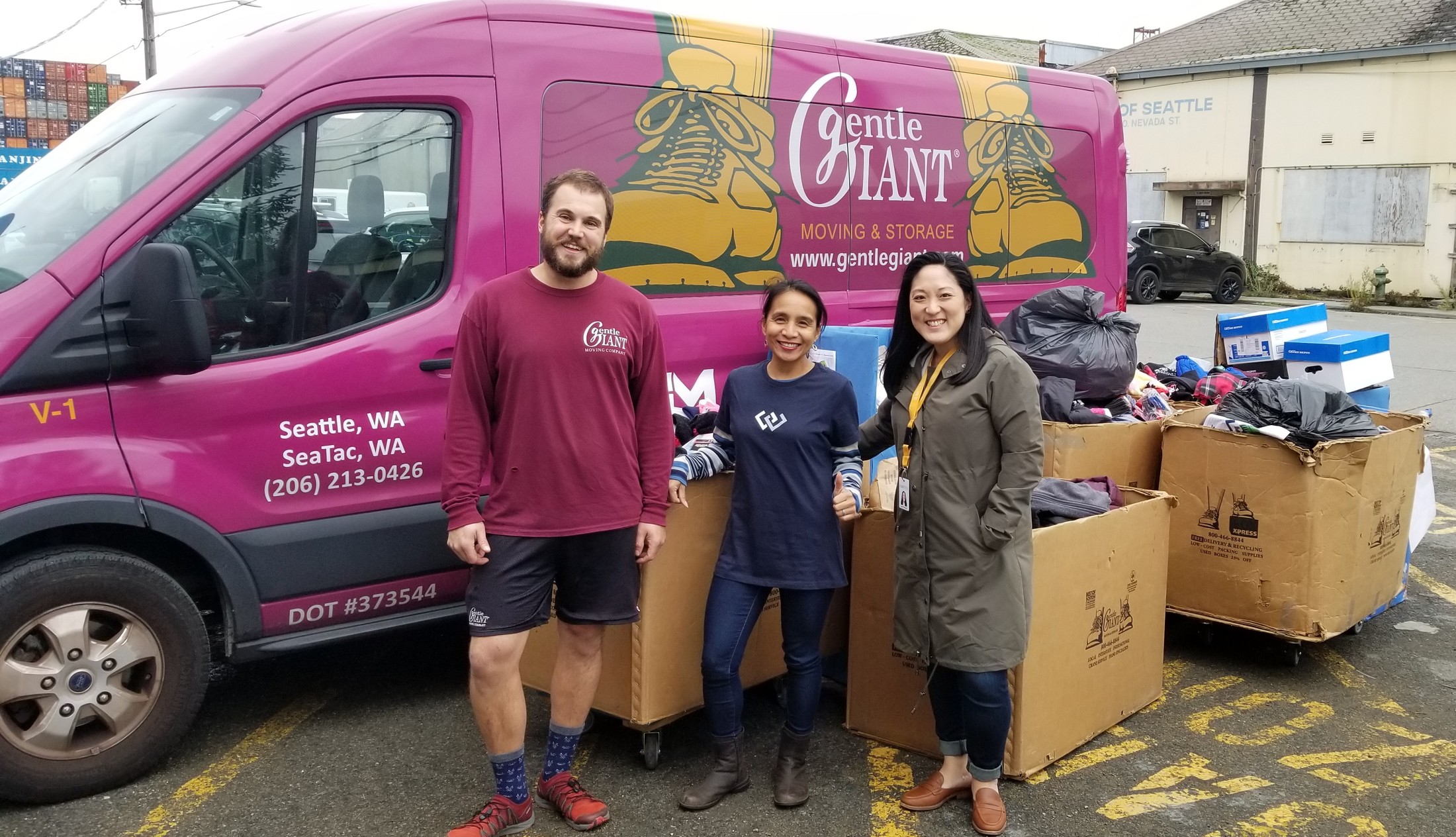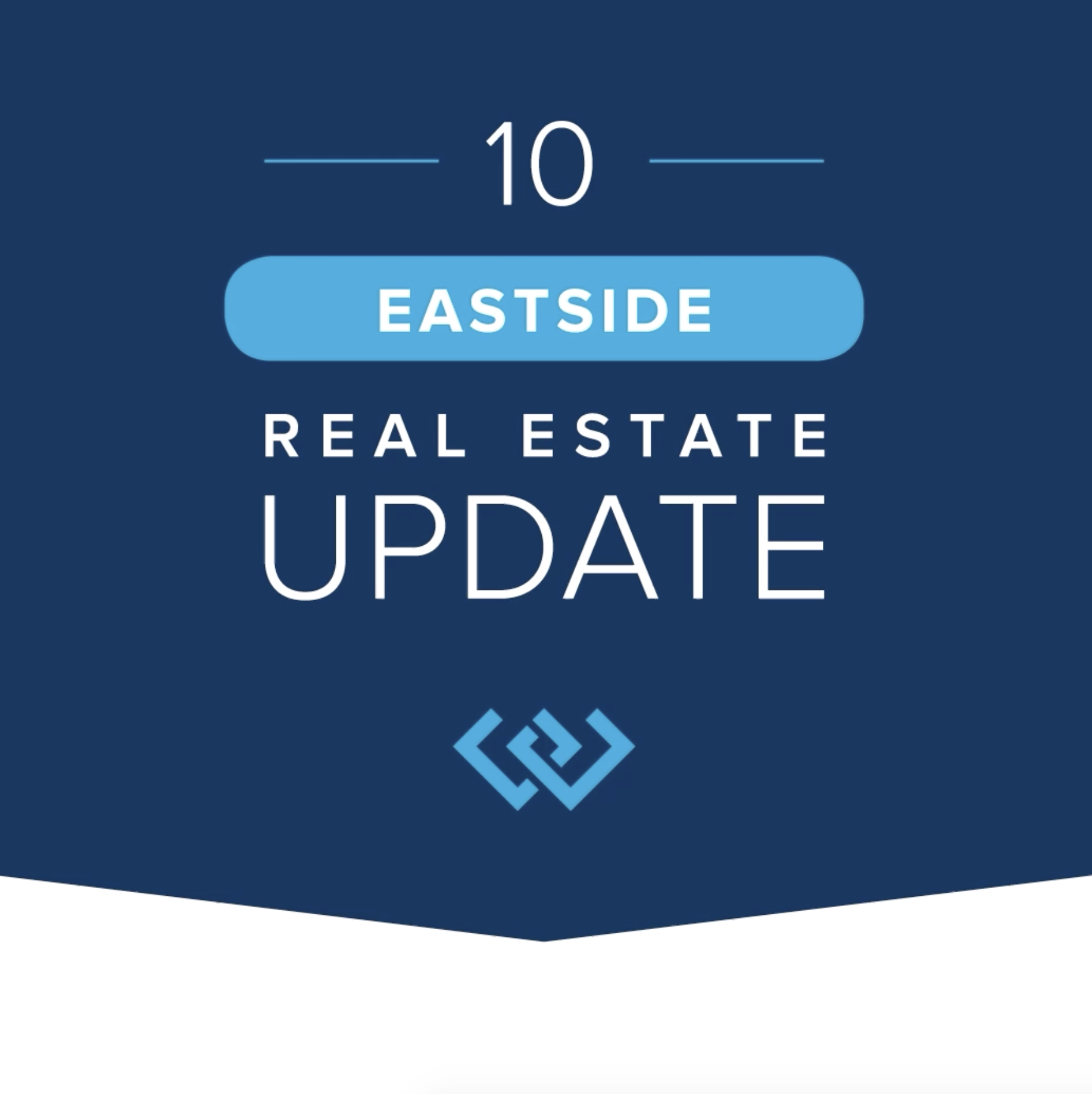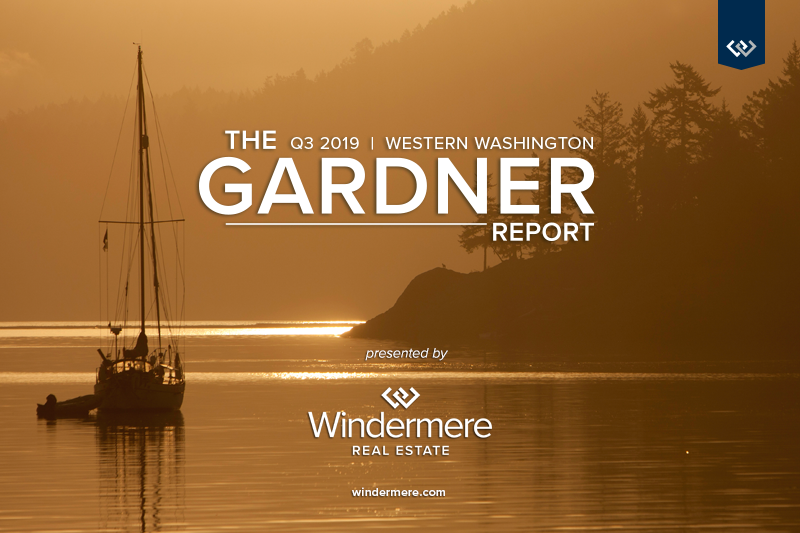
Image Source: Shutterstock
Choosing less space often has to do with a desire to live a life that’s simpler. Whether you’re retiring, want an eco-friendly, low-maintenance lifestyle or your children have moved away, downsizing might be the best option for you. Here are the advantages and disadvantages to consider before making the move and questions to begin asking yourself now.
Advantages
- Increased cash flow.
- Spend less on your mortgage payment and you are likely to have more money leftover for other needs or desires.
- More time.
- Cut down on time spent on household chores such as cleaning and vacuuming which will leave you with more hours in the day to do something more enjoyable.
- Lower utility bills.
- Costs less to heat and air condition a small home.
- Less square footage decreases the amount of energy expended.
- Reducing energy is better for the environment and it helps keep your home green.
- Reduced consumption.
- You would likely buy less since you won’t necessarily have the room for it.
- Minimized stress.
- Homeowners who have successfully downsized often feel happier because they are no longer overwhelmed by the demands of a larger home.
- Less responsibility, less housework to do, increased cash flow and flexibility equals reduced stress.
Disadvantages
- Fewer belongings.
- Moving into a smaller space would mean you would need to give away or donate furniture, books, kitchen supplies, etc.
- No room for guests.
- Hosting holiday dinners might be out of the question for a smaller home.
- Space restrictions.
- Less space means you could feel cramped.
- Lifestyle changes.
- For long-term homeowners, downsizing means changing a lifestyle.
What to consider before downsizing
These questions are important to ask yourself because for some people, downsizing may not be the best option for them.
- Does size matter to me?
- Think about how much your identity is wrapped in your house.
- Is it important for you to have a guest room or a second bathroom?
- Will I miss some important things about a more spacious home?
- Will moving into a smaller home feel like a step backward?
- How will other life events affect my living in a smaller home?
- Consider possible scenarios you may not expect such as adult children moving back home or if you plan to add a child.
The Cost to You
- How much will it cost to replace the furniture?
- When you move into a smaller home this means you might have to downsize your furniture to make room.
- How much will it cost to get rid of the stuff I don’t need or won’t fit?
- It’s important to have a plan for how you’re going to sell or give away the things you don’t need.
- Consider things like family heirlooms. What are you going to do with all your antiques or treasures that your smaller home may not be able to accommodate?
- How much will I get when I sell my current home, and will it help cover the cost of buying my new home?
If you know downsizing is the right option for you, you’re probably asking yourself, “Should I sell first and then buy or buy first and then sell?”. When you’re ready to discuss your options, I’m here to help!
 Facebook
Facebook
 X
X
 Pinterest
Pinterest
 Copy Link
Copy Link

























 This speedometer reflects the state of the region’s real estate market using housing inventory, price gains, home sales, interest rates, and larger economic factors. I am leaving the needle in the same position as the first and second quarters, as demand appears to still be strong.
This speedometer reflects the state of the region’s real estate market using housing inventory, price gains, home sales, interest rates, and larger economic factors. I am leaving the needle in the same position as the first and second quarters, as demand appears to still be strong. As Chief Economist for Windermere Real Estate, Matthew Gardner is responsible for analyzing and interpreting economic data and its impact on the real estate market on both a local and national level. Matthew has over 30 years of professional experience both in the U.S. and U.K.
As Chief Economist for Windermere Real Estate, Matthew Gardner is responsible for analyzing and interpreting economic data and its impact on the real estate market on both a local and national level. Matthew has over 30 years of professional experience both in the U.S. and U.K.